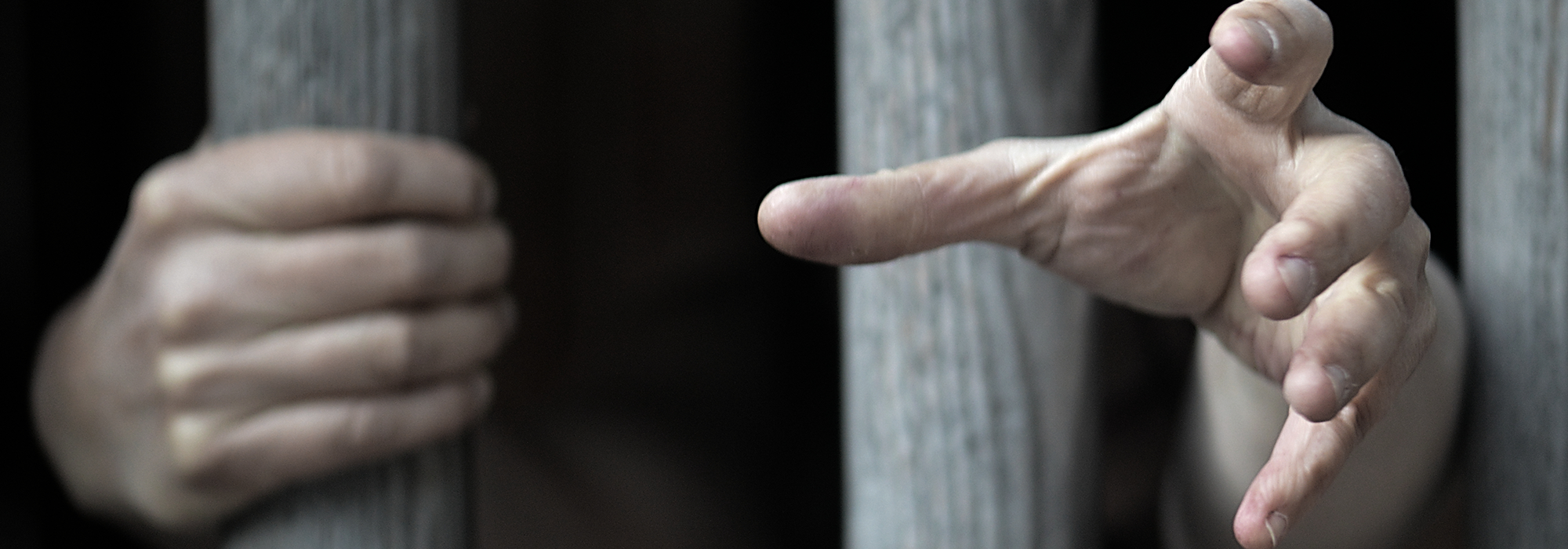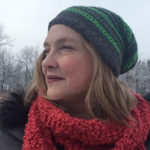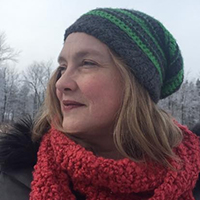
Books reviewed:
Uniquely Human: A Different Way of Seeing Autism by Barry M. Prizant, PhD with Tom Fields-Meyer (Simon & Schuster, 2015).
NeuroTribes: The Legacy of Autism and the Future of Neurodiversity by Steve Silberman, Foreword by Oliver Sacks (Avery, 2015).
This morning’s news brought me a story about a school in Australia that thought it was a good idea to construct a large metal cage to hold one of their students, a 10-year-old child with autism, when he could no longer control himself. The cage itself was a horrifying image – smaller than a jail cell and more akin to an enclosure for zoo animals than inmates. I can only imagine how many people were possibly involved in this decision making or turned a blind eye – the budget to purchase it, someone to construct it, teachers and administrators supervising its use, and so on. Thankfully someone recognized it for the monstrosity it was and alerted higher authorities. The cage has been removed and new policies written — but it took almost three weeks before action was taken, before someone recognized that treating a child with autism like a deranged animal was just not ok, and was most certainly not an ‘education.’
As a mother of a son with autism, I’m well aware of the challenges the neurodevelopmental disability can present to a caretaker or educator. But I’m more aware of the challenges the disorder can have on the child. As variations of the saying go, ‘the child is not giving you a hard time, he’s having a hard time.’
Autism is now more commonly referred to as Autism Spectrum Disorder (ASD), the official designation of the DSM, a ‘big tent’ approach to include a wide range of challenges which may present in wide ranging severity. Those with autism may have impaired verbal and social communication, rigid, restrictive and repetitive behaviours, uneven intellectual development, sensitivity (hypo or hyper) to sensory input, challenges with fine and gross motor skills, among other characteristics.
What makes autism tricky to define is that some individuals can be more significantly impaired by these challenges than others: “If you’ve seen one person with autism, you’ve seen one person with autism,” goes the mantra in the community. The U.S. Centers for Disease Control estimate one in 68 children (one in 42 boys) are on the autism spectrum.
Barry M. Prizant’s book, Uniquely Human, points out that autism has traditionally been understood as a checklist of deficits – what a person on the spectrum can’t do, what they lack or fail at. And many therapeutic approaches emphasize reducing or eliminating ‘autistic behaviours’ – from hand flapping to spinning, to selective mutism (non-responsive behaviour) and echolalia (seemingly random word repetition). What’s more uncommon is the expert who focuses on a child’s abilities and unique intellectual capacity for learning and development — what’s actually useful to parents, in other words, shepherding their child’s development — and what engages the individual expression of the child and prepares him to live and thrive in the larger community.
Which is why Prizant’s book is so refreshing – and constructive. It should be required reading for all educators and practitioners working with autism. Prizant turns the typical understanding of autism on its head with a simple, yet profound central message: “Autism isn’t an illness. It’s a different way of being human.” Prizant suggests that instead of treating the individual with autism as a “problem to be solved,” we should instead focus on each as “an individual that needs to be understood.” Strange or troubling behaviours aren’t simply manifestations of autism that need to be extinguished, but forms of communication that we must first learn to read in order to better understand and support the individual. Prizant argues it’s more productive to ask what’s motivating a behaviour and discover the purpose it serves rather than viewing it as non-compliance, willful or uncooperative behavior.
Prizant’s focus is on establishing pragmatic supports that will help the individual lead a fulfilling and self-determined life. His therapeutic approach – after 40 years in the field as a clinician and researcher – is breathtakingly simple and profoundly positive: “The goal shouldn’t be to fix the child or make the child “normal” but rather to help the child develop the ability to make his own decisions, to exert control over his own life.”
Too often, Prizant notes, experts try to control the behaviours of the child first and educate and communicate after. Prizant argues this approach doesn’t work and often makes matters worse. In the extreme, this approach could explain bizarre ideas like putting children in cages instead of classrooms.
Instead, Prizant puts an emphasis on discovering what makes a person with autism ‘dysregulate’ in the first place – that is, what makes them lose emotional control, what gives them discomfort, anxiety (which generates a fight or flight response) and causes confusion. It’s an ironic twist, he believes, that most of the behaviours commonly thought of as autistic (and problematic) aren’t actually deficits, but strategies that help the person with autism cope and self-regulate.
Science journalist, Steve Silberman’s epic and often shocking history of autism, NeuroTribes, similarly challenges the idea that autism is an aberration or deficit. More controversial is his claim that neither is autism a “unique disorder of our uniquely disordered times.” Instead, he champions what’s come to be known as the ‘neurodiversity movement’ which argues that autism is part of the continuum of being human, and should be considered part of the valuable legacy of our genetic past. He does not dispute or downplay the disabling characteristics of autism for many, but highlights the unique evolutionary advantages autistic minds have offered humanity in the past and present.
Instead of putting our energies into finding autism causes or cures and handwringing over an (Silberman believes, false) autism ‘epidemic,’ we should invest more time and funds helping autistic individuals in the here and now address the real challenges they face by providing strong community supports so they can be productive, happy and healthy members of the community. Not only will this benefit those with autism and their families, Silberman convincingly argues, but communities that embrace and interact with autistic individuals and their unique and creative ways of thinking and being, will be enriched too.
If you like the short way round a story and for an author to get to the point, Silberman’s book is not for you. He’s a story-teller’s story teller, always taking the long way round, each anecdote presented with fulsome characters and plenty of rich historical detail. It’s a delight to read in other words, and after 500 or so pages, he left me wanting more. Everyone with an interest in the history of science and medicine — how it has failed us, surprised us and benefitted us – should read this book.
Silberman scours historical documents to find possibly undiagnosed cases of autism in several critical thinkers of human history. He makes a convincing case that Henry Cavendish, an 18th Century natural philosopher who influenced a range of important scientific disciplines and who was known for being the first person to “weigh the earth” — was quite possibly autistic. As was Paul Dirac, a theoretical physicists who won a Nobel prize in 1933 and whose work on the relationship between matter and energy helped usher in our modern digital revolution. These speculative after-the-fact diagnoses are part of Silberman’s claim that autism has always been with us, and that even with many debilitating aspects, autism as a spectrum has also offered humanity evolutionary advantages, manifest today in the number of individuals with ASD in the tech and engineering sectors.
But Silberman’s book is a harrowing read too, and made me relieved that my own son was born in this time and place in human history – where the discovery of a cage in a classroom for a boy with autism is an anomalous barbarism and not the norm.
In tracking the history of the diagnosis of autism, Silberman takes us to 20th Century Germany where Hans Asperger taught, studied and wrote about children with ‘autismus’ who “displayed a similarly striking cluster of social awkwardness, precocious abilities, and fascination with rules, laws and schedules.” Some were severely developmentally delayed and warehoused in asylums while others were intellectually gifted in specific domains. Asperger, Silberman shows, was really the first to fully understand the ‘spectrum’ aspect of autism – the wide ranging expression in each individual — and recognized that it was more common in the general population than originally believed. Asperger also recognized, even in those with extreme challenges, an ‘autistic intelligence.’
This depth of understanding helps explain why Asperger struggled to keep the autistic children in his care from the crematoria created by the Nazi regime; they were built next to hospitals, clinics and long-term care facilities for children with physical and intellectual disabilities, transforming the care institutions into “factories of death.” As Silberman notes, “more than 200,000 disabled children and adults were murdered during the official phases [of the program] and thousands more were killed in acts of ‘wild euthanasia’ by doctors and nurses on their own initiative.” Jump to recent modern history, and Silberman’s brutal descriptions of warehousing asylums, experimental shock and drug therapies, and imprisonment for those with autism, and it’s pretty clear that as far as we have yet to go in understanding autism humanely, we’ve at least come this far.
Let’s hope both Prizant and Silberman’s landmark books help us take the next giant step forward in viewing those with autism as valuable members of our community that we have yet much to learn from. The full potential of our humanity may depend on it.
A version of this essay appeared in the Chicago Tribune.









